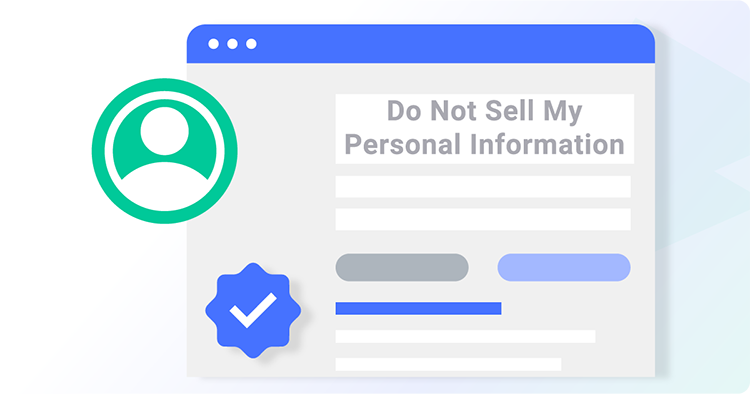

Computing resources can be misused in various ways, posing significant threats to individuals, organizations, and even entire nations. One common form of misuse is cybercrime, where malicious actors exploit vulnerabilities in computer systems to steal sensitive information, launch attacks, or engage in fraud. Additionally, computing resources can be harnessed for activities such as distributed denial-of-service (DDoS) attacks, disrupting online services and causing financial losses. Unauthorized access to systems, known as hacking, is another misuse that can lead to data breaches and compromise the integrity of digital assets.

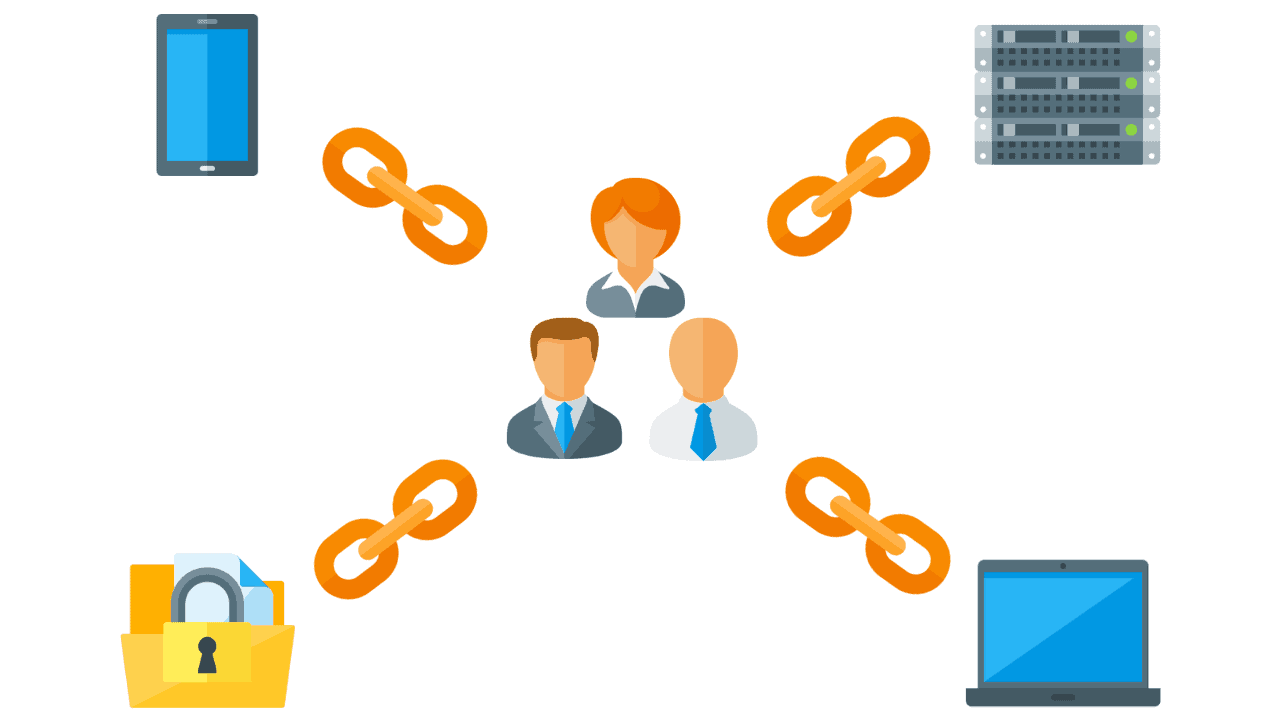
Unauthorized access to information is often achieved through various means, with one prevalent method being phishing attacks. In these scenarios, attackers employ deceptive emails or messages to trick individuals into divulging sensitive information such as login credentials. By posing as legitimate entities, attackers exploit human vulnerability and trust to gain unauthorized access to personal or organizational data.


Computing innovation has revolutionized various aspects of our lives, bringing forth numerous benefits. The speed and efficiency of modern computing have vastly improved productivity across industries, enabling rapid data processing, complex simulations, and advanced analytics. Innovations like cloud computing have enhanced accessibility, allowing individuals and businesses to store and access vast amounts of data remotely. Additionally, advancements in artificial intelligence (AI) have paved the way for automation, streamlining tasks and freeing up human resources for more creative and strategic endeavors. However, the same computing innovations that bring about benefits also pose potential risks and challenges. Concerns around data privacy and security have escalated with the increasing reliance on interconnected systems and the proliferation of sensitive information online. The rise of automation and AI raises questions about job displacement and the need for reskilling in the workforce. Furthermore, the rapid pace of technological evolution can exacerbate societal divides, creating a digital divide where certain populations may be left behind in terms of access to and understanding of these technologies. In some cases, computing innovations can also be wielded for malicious purposes, amplifying the potential for cyber threats and attacks. Sophisticated algorithms can be misused to manipulate information, leading to the spread of misinformation and deepfake content. The power of computing technology in surveillance and data tracking raises concerns about civil liberties and the erosion of personal privacy. Striking a balance between reaping the benefits of computing innovation and mitigating its harmful consequences requires thoughtful regulation, ethical considerations, and ongoing vigilance in addressing emerging challenges
Computing innovation often has a ripple effect, extending its impact far beyond its initially envisioned purposes. Technologies developed for specific applications may find unexpected uses or inspire novel solutions in unrelated domains. For instance, breakthroughs in machine learning algorithms initially designed for image recognition have found applications in diverse fields such as medical diagnostics, financial forecasting, and autonomous vehicles. This unintended versatility demonstrates the transformative nature of computing innovation, fostering unforeseen advancements that reshape industries and improve efficiency. Moreover, the interconnected nature of modern technologies allows innovations to cross-pollinate and catalyze progress in seemingly unrelated areas. A development in cloud computing, designed to enhance data storage and accessibility, can lead to advancements in collaborative tools, benefiting fields as diverse as research, education, and business communication. The unintended consequences of computing innovation often spark creative problem-solving, prompting researchers and entrepreneurs to explore new applications and adapt existing technologies to address evolving challenges. However, this expanded impact also brings ethical considerations and potential risks. As computing innovations permeate various facets of society, unforeseen consequences may arise, ranging from privacy concerns to unintended biases in algorithmic decision-making. Striking a balance between fostering innovation and proactively addressing unintended consequences requires ongoing collaboration among technologists, policymakers, and society to ensure the responsible development and deployment of computing technologies.
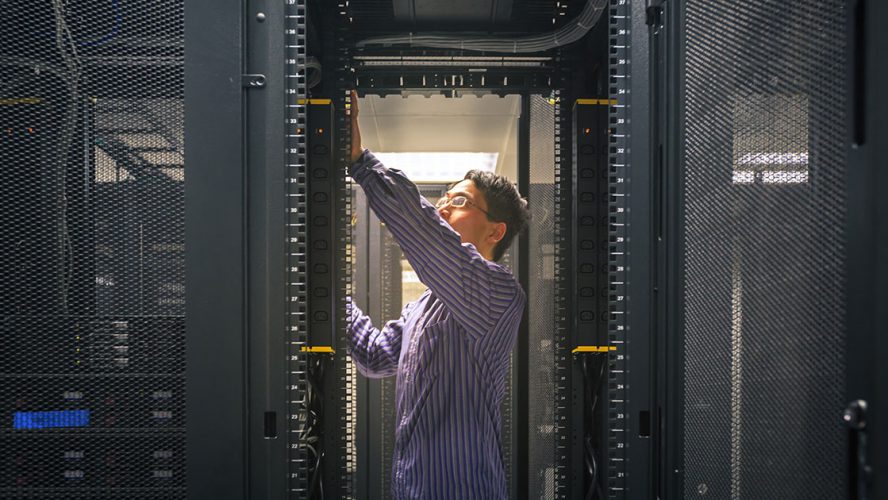
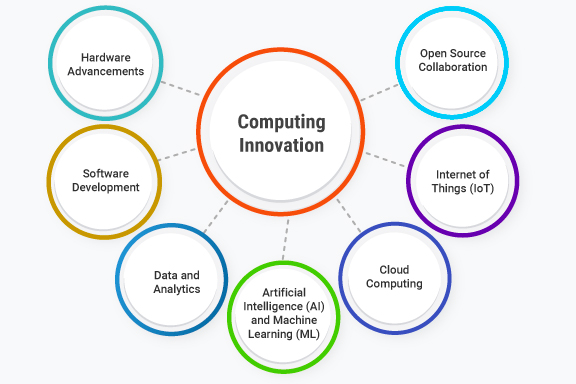

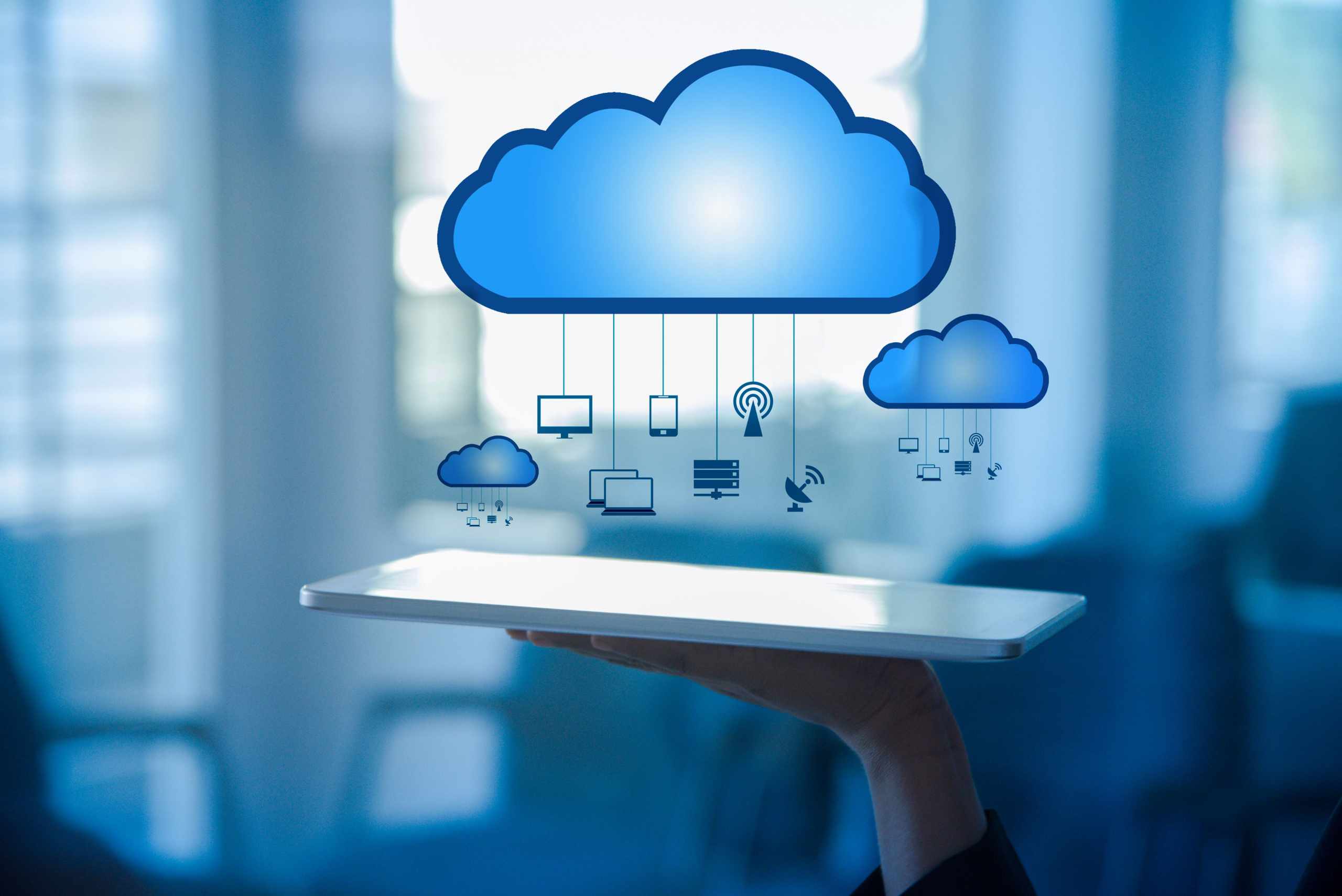
The collection and storage of personal information present profound risks to privacy in today's interconnected world. One primary concern revolves around the persistent threat of data breaches. As organizations accumulate vast amounts of sensitive data, they become attractive targets for malicious actors seeking to exploit vulnerabilities. A successful breach can lead to the exposure of personal details, such as names, addresses, and financial information, with potentially devastating consequences for individuals. The aftermath often includes identity theft, financial fraud, and a breach of trust that can have long-lasting repercussions. Another significant risk arises from the increasing prevalence of extensive data profiling. With the amalgamation of data from diverse sources, organizations can construct intricate profiles of individuals, outlining their habits, preferences, and behaviors. This level of detailed profiling raises ethical questions about the boundaries of privacy invasion. Individuals may find themselves subject to targeted advertisements, manipulation, or even discrimination based on algorithmically derived assumptions about their personal characteristics. Striking a balance between leveraging data for positive outcomes and protecting individuals from unwarranted intrusions remains a critical challenge. Furthermore, the widespread collection of personal information has spurred concerns about mass surveillance by both public and private entities. Technological advancements have enabled the surveillance of individuals on an unprecedented scale, encompassing various aspects of their lives. Governments and corporations can employ sophisticated tools to monitor communications, track movements, and scrutinize online activities. This pervasive surveillance not only poses a threat to the fundamental right to privacy but also has broader societal implications, potentially chilling free expression and dissent. Addressing these concerns requires a comprehensive approach that considers regulatory frameworks, technological safeguards, and public awareness to mitigate the risks associated with the collection and storage of personal information.

